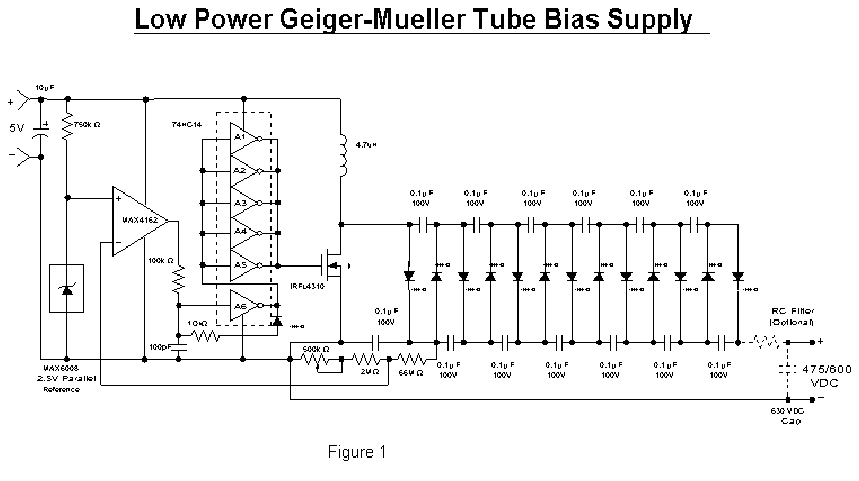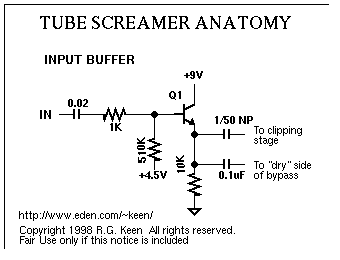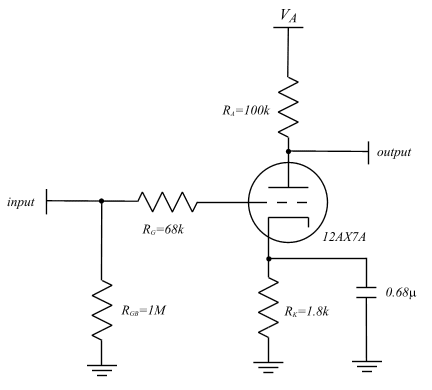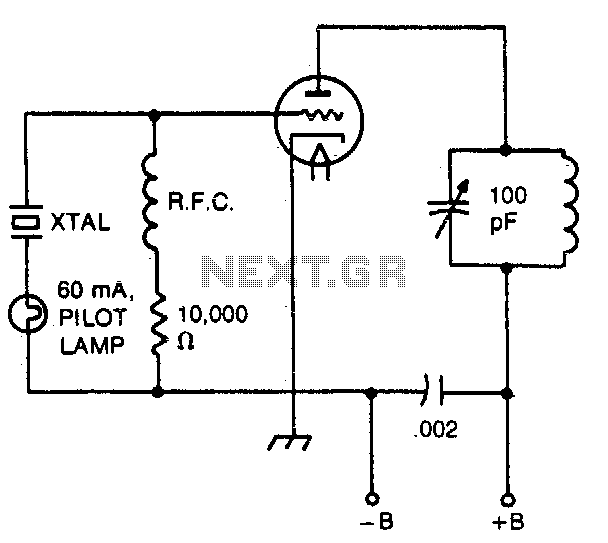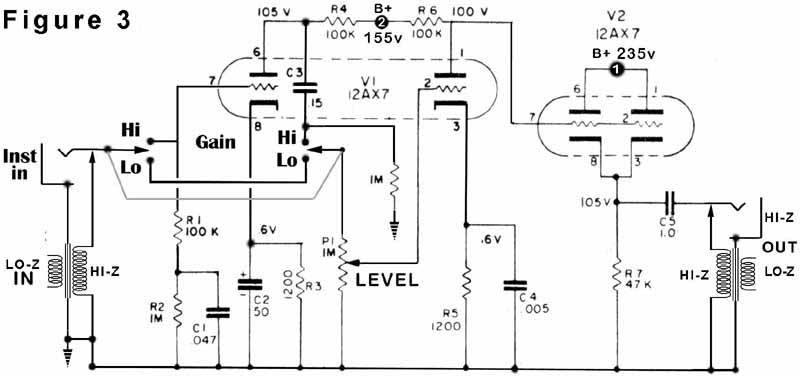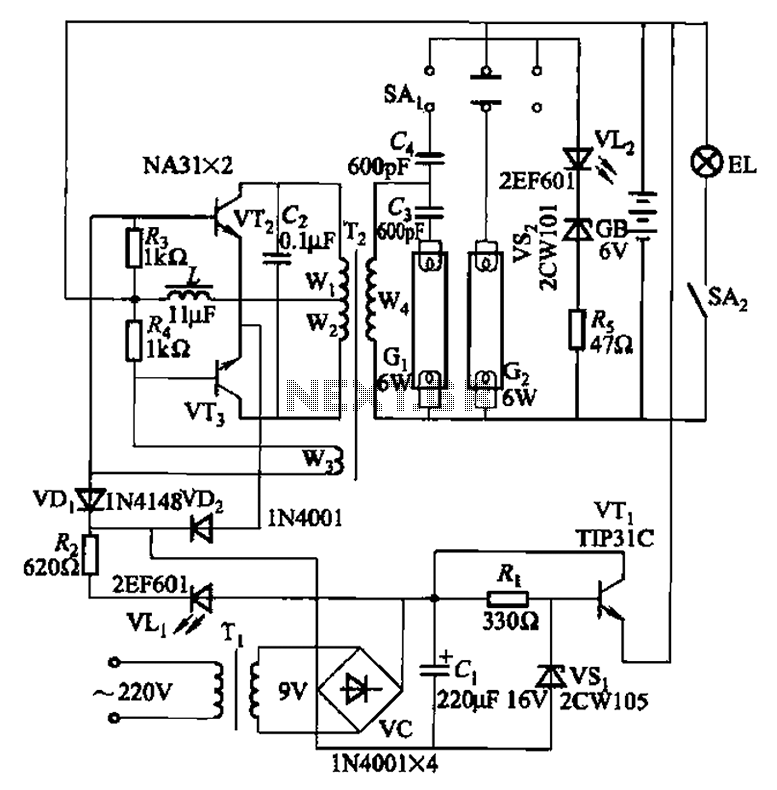
Tube Screamer to Octave Screamer
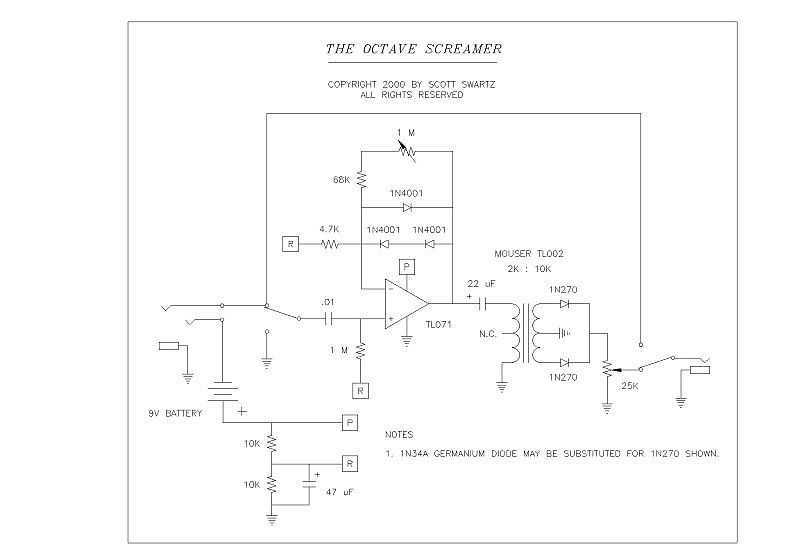
I recently prototyped a Tube Screamer type circuit to refresh my memory about the sound of this pedal. I used a borrowed TS-808 and a Pro Reverb in the mid 80s for several weeks while my modded Twin Reverb was being fixed and I remembered it sounding pretty good for a pedal, but not as good as the Twin. The Twin had a Boogie style preamp using the normal channel, so this isn't a big surprise. Anyway, now that I know how all this stuff works I decided maybe I could get more out of the TS.
The Tube Screamer circuit is a popular overdrive pedal known for its smooth, natural sound and mid-range boost, which enhances the character of electric guitar tones. The core of the circuit typically includes an operational amplifier (op-amp) configured in a non-inverting amplifier setup, often utilizing the JRC4558 or similar op-amps for their warm sound.
The circuit begins with an input jack that connects to a capacitor, which blocks any DC offset from the guitar signal. This capacitor feeds into the non-inverting input of the op-amp. A feedback loop is created using resistors, which sets the gain of the amplifier. The gain is adjustable through a potentiometer, allowing the user to control the amount of overdrive.
The unique tonal characteristics of the Tube Screamer come from the clipping stage, which is often achieved using diodes in the feedback path. These diodes clip the signal, producing the desired distortion effect. In the classic TS-808 design, silicon diodes are used, but variations may incorporate different types of diodes or even LED clipping for alternative tonal options.
After the clipping stage, the signal passes through a tone control circuit, typically consisting of a low-pass filter. This section allows the user to shape the tonal quality by adjusting the treble and bass frequencies. The output of the tone control stage is then sent to the output jack, completing the signal path.
Powering the circuit is typically done using a 9V battery or an external power supply, which is connected to a voltage regulator circuit to ensure stable operation of the op-amp.
Overall, the Tube Screamer circuit is a well-balanced design that enhances the guitar's natural tone while providing a smooth overdrive effect, making it a staple in many musicians' pedalboards. The simplicity of its design allows for numerous modifications, catering to individual preferences and playing styles.I recently prototyped a Tube Screamer type circuit to refresh my memory about the sound of this pedal. I used a borrowed TS-808 and a Pro Reverb in the mid 80s for several weeks while my modded Twin Reverb was being fixed and I remembered it sounding pretty good for a pedal, but not as good as the Twin.
The Twin had a Boogie style preamp using the normal channel, so this isnt a big surprise. Anyway, now that I know how all this stuff works I decided maybe I could get more out of the TS. 🔗 External reference
The Tube Screamer circuit is a popular overdrive pedal known for its smooth, natural sound and mid-range boost, which enhances the character of electric guitar tones. The core of the circuit typically includes an operational amplifier (op-amp) configured in a non-inverting amplifier setup, often utilizing the JRC4558 or similar op-amps for their warm sound.
The circuit begins with an input jack that connects to a capacitor, which blocks any DC offset from the guitar signal. This capacitor feeds into the non-inverting input of the op-amp. A feedback loop is created using resistors, which sets the gain of the amplifier. The gain is adjustable through a potentiometer, allowing the user to control the amount of overdrive.
The unique tonal characteristics of the Tube Screamer come from the clipping stage, which is often achieved using diodes in the feedback path. These diodes clip the signal, producing the desired distortion effect. In the classic TS-808 design, silicon diodes are used, but variations may incorporate different types of diodes or even LED clipping for alternative tonal options.
After the clipping stage, the signal passes through a tone control circuit, typically consisting of a low-pass filter. This section allows the user to shape the tonal quality by adjusting the treble and bass frequencies. The output of the tone control stage is then sent to the output jack, completing the signal path.
Powering the circuit is typically done using a 9V battery or an external power supply, which is connected to a voltage regulator circuit to ensure stable operation of the op-amp.
Overall, the Tube Screamer circuit is a well-balanced design that enhances the guitar's natural tone while providing a smooth overdrive effect, making it a staple in many musicians' pedalboards. The simplicity of its design allows for numerous modifications, catering to individual preferences and playing styles.I recently prototyped a Tube Screamer type circuit to refresh my memory about the sound of this pedal. I used a borrowed TS-808 and a Pro Reverb in the mid 80s for several weeks while my modded Twin Reverb was being fixed and I remembered it sounding pretty good for a pedal, but not as good as the Twin.
The Twin had a Boogie style preamp using the normal channel, so this isnt a big surprise. Anyway, now that I know how all this stuff works I decided maybe I could get more out of the TS. 🔗 External reference
